- Brgy. 5 Upper Bancuang, Coron, Palawan 5316 Philippines
Menu
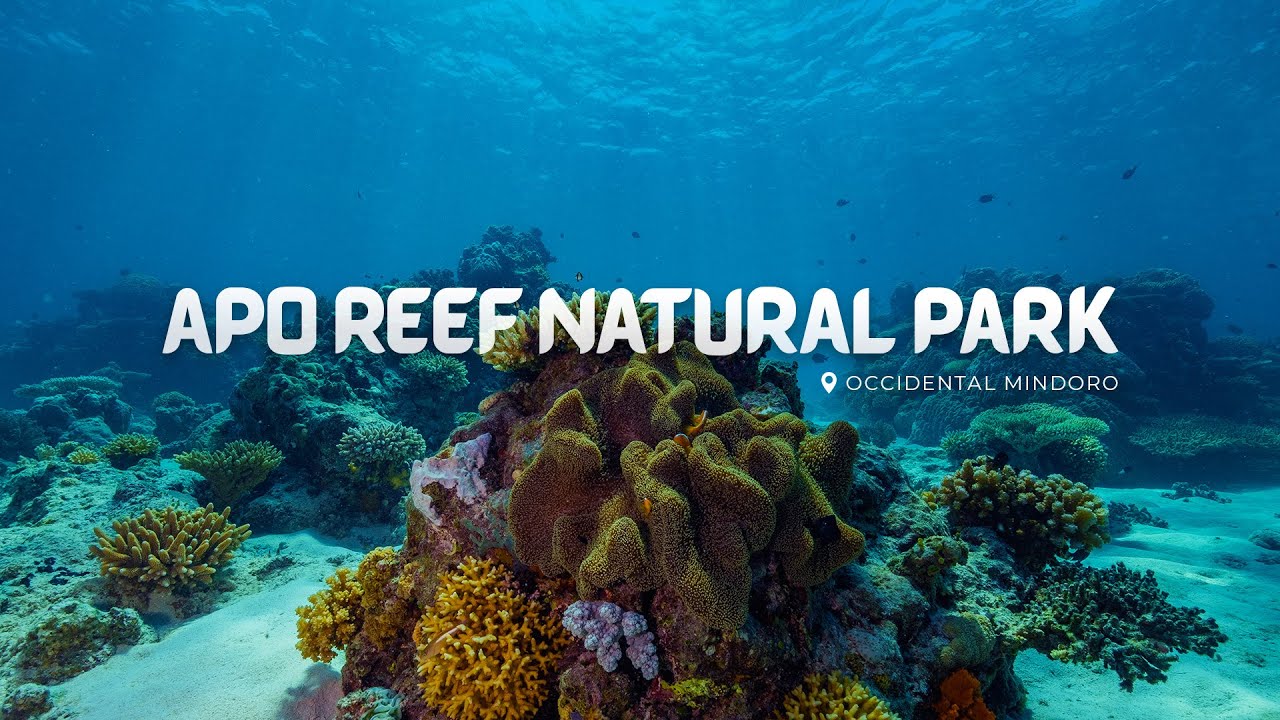
Apo Reef is the second largest contiguous coral reef in the world and the largest one in the Philippines. The Apo Reef Natural Park consists of the three islands. Apo Reef is the largest among the three islands. It has a shallow lagoon with a depth of 2 meters to 10 meters surrounded by mangrove forest which serves as source of food, nursery and spawning ground of several coastal and marine species of fauna and sanctuary of birds. Its diverse corals are approximately 34 sq. km. of reef where different species of fish, marine mammals and invertebrates thrive.
Apo Reef, the largest atoll like reef in the Philippines, is a submerged platform that is a submerged of a 34 sqkm sub triangular northern m and southern atoll like reefs separated by a 30-m deep channel that is open to the west The channel runs east to west from 1.8 m to 30 m deep with a fine white sand bottom numerous mounds and patches of branching corals under the deep blue water.
The main geographical features of Apo Reef is submerged. There are three islands that mark it on the surface, the Apo Island, Apo Menor (Binangaan’; and Cayos del Bajo Tinangkapang). The largest is Apo Island (22.0) hectares which harbors mangroves and beach vegetations, whereas Binangaan is rocky Iimestone island with relatively few vegetation and Cayos del Bajo (200-300 sq.m.) is a coralline rock formation with no vegetation.
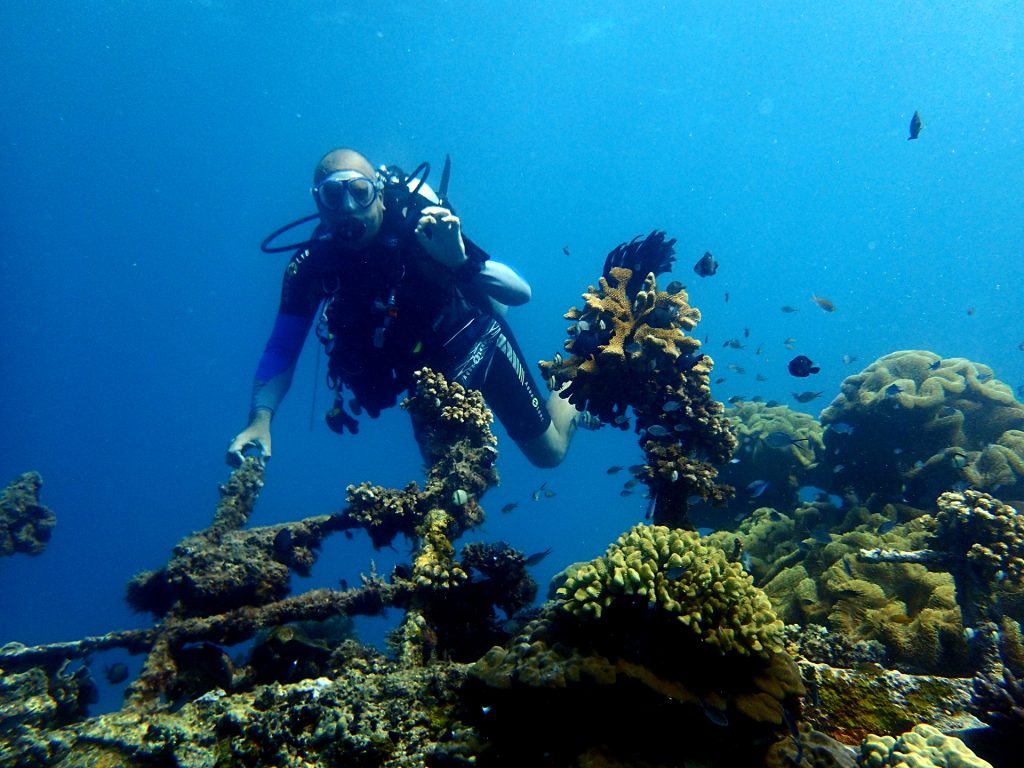
This reef lies 20 km off the west coast of Apo Reef. You will need an experienced guide to find the spot, but once there, it’s well worth the effort. Currents can be strong, so this site is not for beginners.
The reef is perhaps best known for the numbers of sea snakes that can be found here. During the mating season – June and July – there are literally thousands of them. Despite their fearsome reputation, these snakes are generally more worried of you than you will be of them and stay a safe distance away.
There are masses of corals and sponges here too that are home to schools of tropical fish, including butterflyfishes, snappers and sweetlips. Sharks, big trevallys and other predatory fish are common.
Merope Rock
Closeby and again about 20 kms west of Apo Reef is Merope Rock. It is similar to Hunters Rock and is really only accessable on overnight trips or on the way to Busuanga. An underwater mound reaches up to within 15m of the surface and there is a good wall on the eastern side where you will see big fish, sharks, barracuda and trevally.
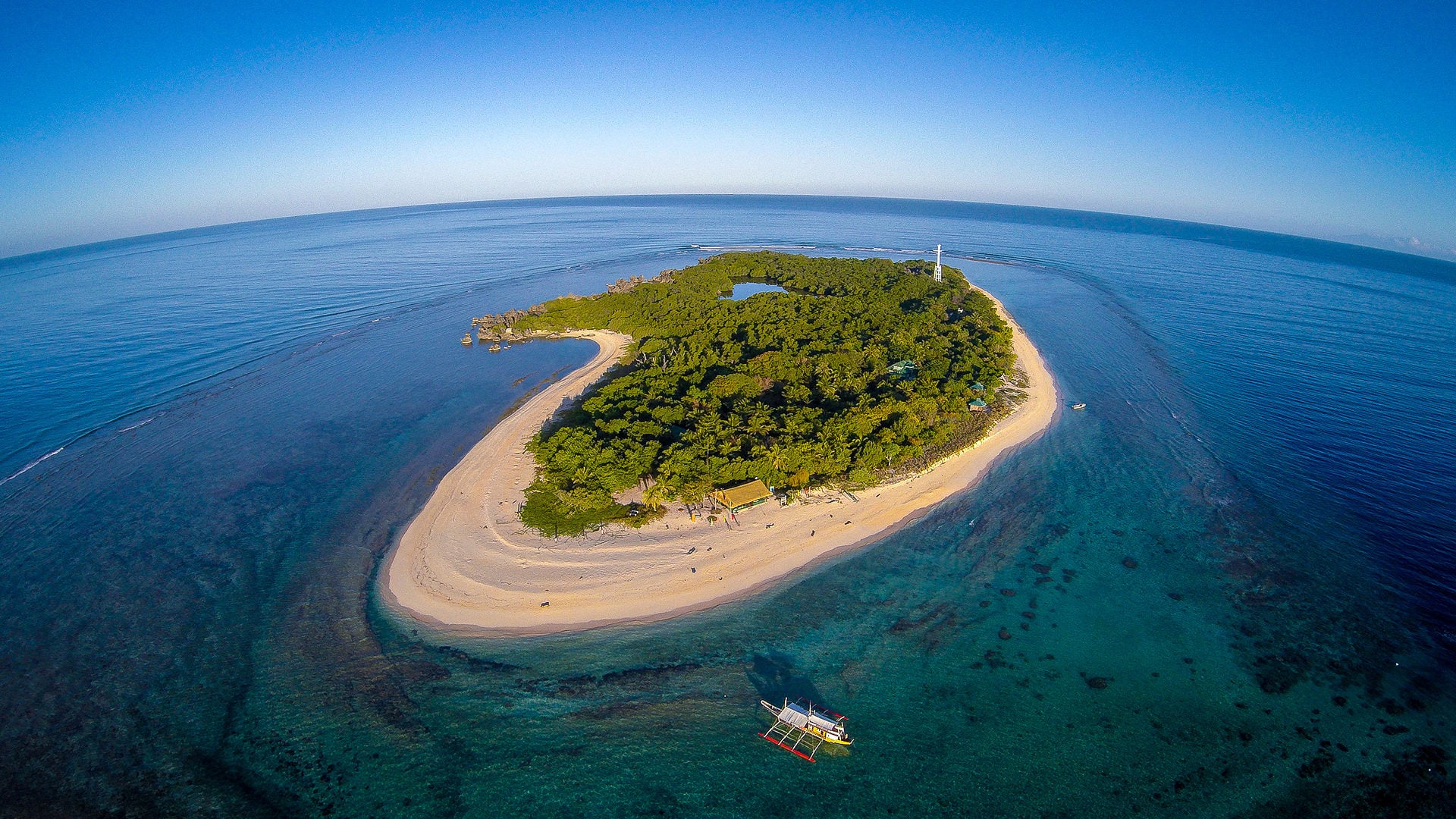
The park has three islands: Apo Menor, Cayos del Bajo and Apo Island, the biggest among three. Apo Island serves as the campsite of the toursits who would visit the Natural Park.
As a natural park, it is proclaimed to be a Protected Area under the supervision of Department of Environment and Natural Resources (DENR). Personnel from the Philippine Army are also guarding the island 24/7. Thus, the Philippine Government’s agencies work hand in hand to take care of the reserve.
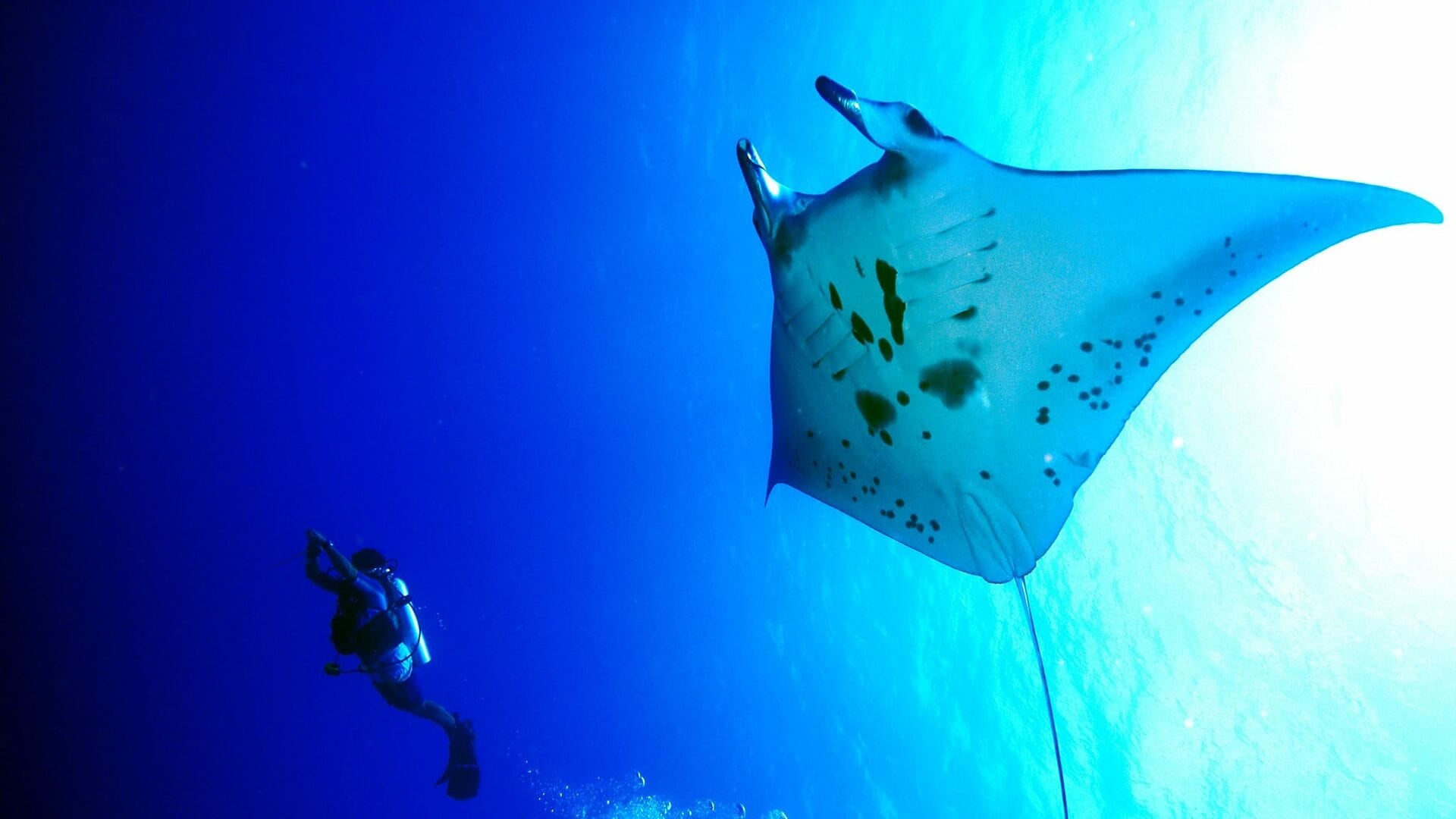
Merope Rock, underwater pinnacles that take the pelagic action up a notch. Sharks, tuna, big trevallies, and other pelagics are common at these seamounts, and banded sea snakes sometimes meet up at Hunter’s Rock to mate. Current, wind, and waves can all be strong in these areas, which are quite exposed, so dives are at the captain’s discretion. At Hunter’s the pinnacle almost reaches the surface, while Merope’s tip lies submerged at around ten meters.
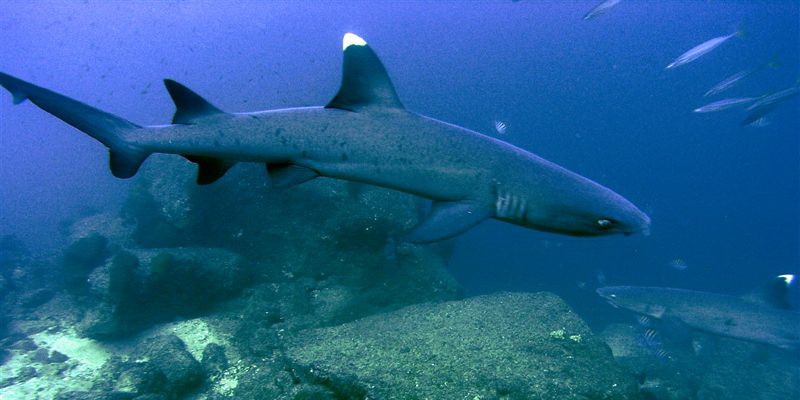
Shark Ridge implies, this area is the best place for reliable shark and other pelagic sightings around Apo Island. Mantas and hammerheads have even been known to visit. Whatís more, the textured walls hold infinite small caves, crevices, and overhangs to probe and explore for sleeping sharks or technicolor nudibranchs.
Sloping down to around 25m, this ridge is an excellent place to find Blacktip & Whitetip Reef Sharks. Manta Rays often cruise the area as well. G
oing anti-clockwise around the reef, you come to Binangaan Drop-off. This impressive wall, dropping down to great depths, has beautiful gorgonians sea fans and a huge amount of life. Large Groupers, schools of Snapper & Bumphead Parrotfish can be seen here. Just off from the reef, plenty of pelagics, including large Tuna, can be spotted.
Continuing around the perimeter of the reef, the walls get even deeper, reaching around 900m on the northern side. Currents tend to be strongest on this northern side of the reef, but that brings plenty of action, with Manta Rays & Scalloped Hammerhead seen from time to time.
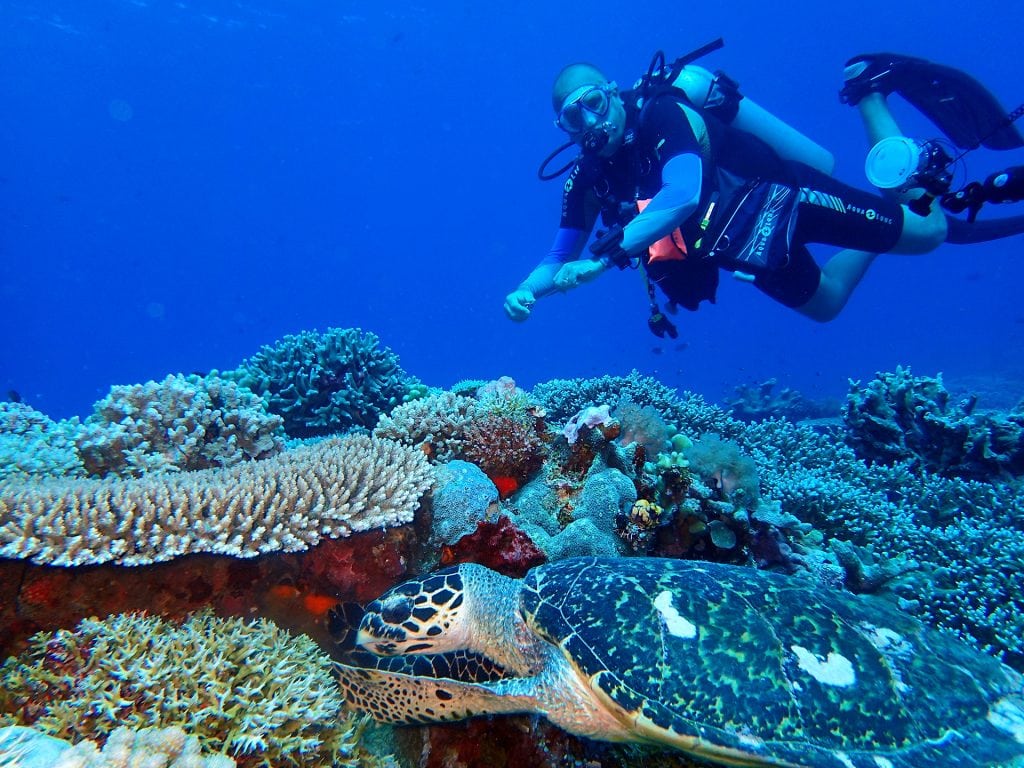
Apo 29, or Barracuda Hill, a seamount whose shallowest point is at 29 meters. If divers here can fight the current, they will witness huge schools of barracuda and plenty of sharks.
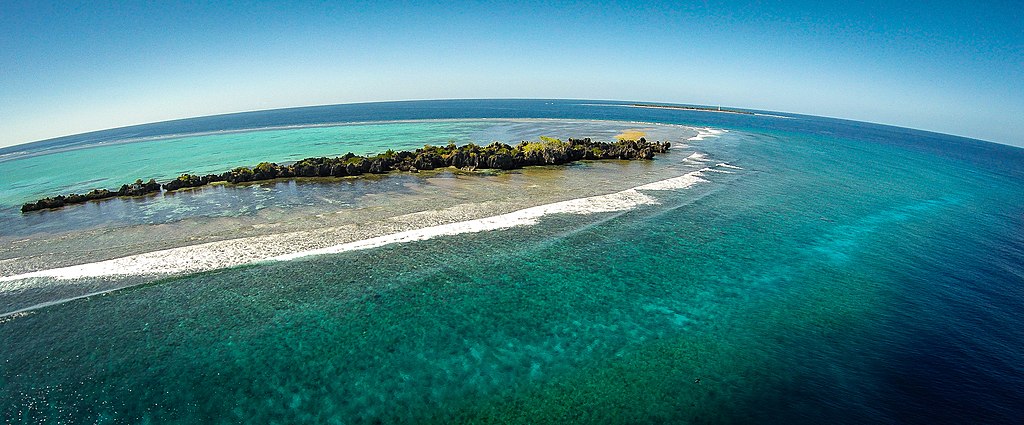
The Apo Menor Island is the second largest island in the Apo Reef and is primarily made up of rocks.
The pristine surroundings, the occasional chirping of the birds and the incessant murmurings of the rippling waters enhance the idyllic beauty of the Apo Reef. People flock to these islands for recreation or just to enjoy a sporting vacation (scuba diving, snorkelling, bird watching, dolphin watching, reef cruising, kayaking, lagoon rafting and turtle monitoring are best enjoyed in the calm waters of the islands).